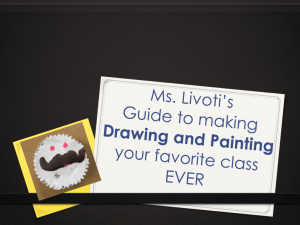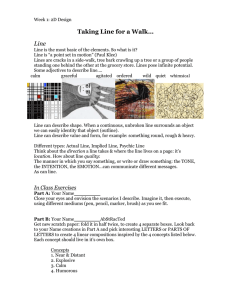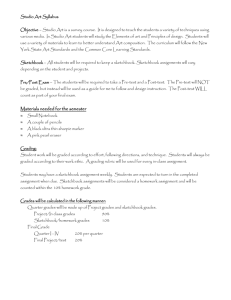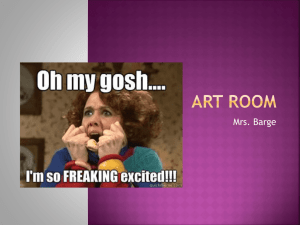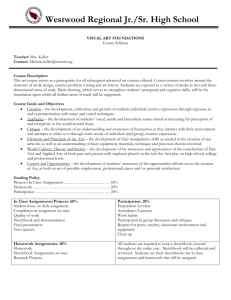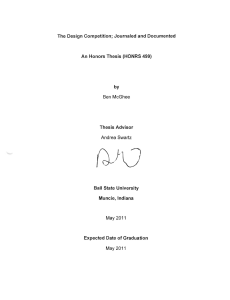sketchbook activity line inventory
advertisement
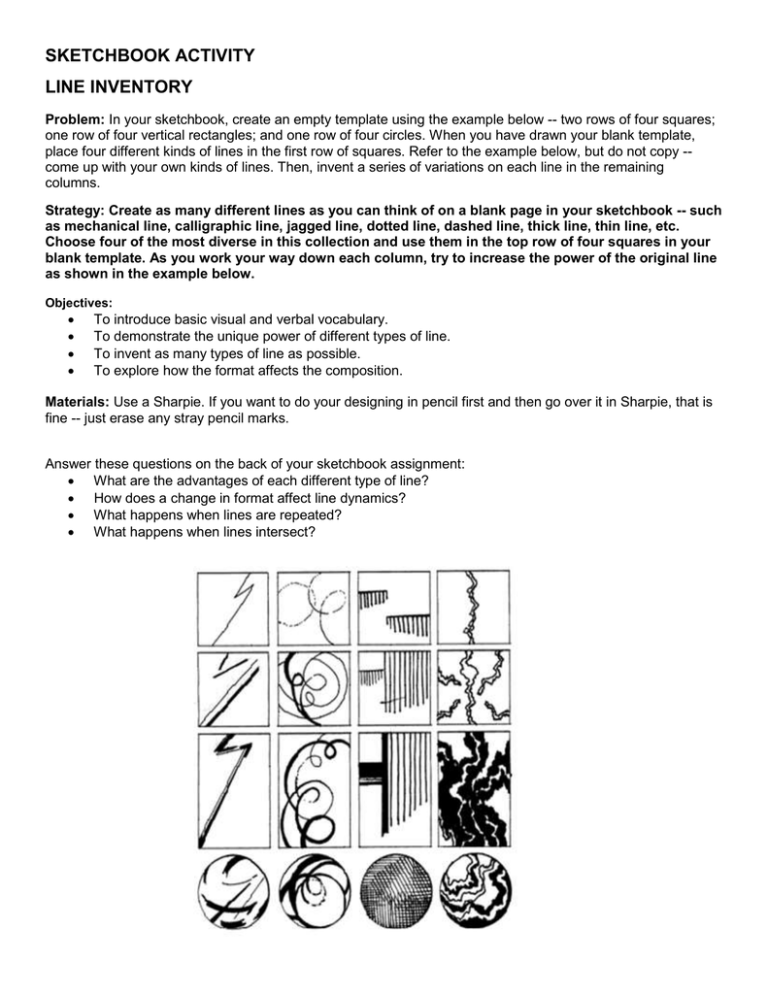
SKETCHBOOK ACTIVITY LINE INVENTORY Problem: In your sketchbook, create an empty template using the example below -- two rows of four squares; one row of four vertical rectangles; and one row of four circles. When you have drawn your blank template, place four different kinds of lines in the first row of squares. Refer to the example below, but do not copy -come up with your own kinds of lines. Then, invent a series of variations on each line in the remaining columns. Strategy: Create as many different lines as you can think of on a blank page in your sketchbook -- such as mechanical line, calligraphic line, jagged line, dotted line, dashed line, thick line, thin line, etc. Choose four of the most diverse in this collection and use them in the top row of four squares in your blank template. As you work your way down each column, try to increase the power of the original line as shown in the example below. Objectives: To introduce basic visual and verbal vocabulary. To demonstrate the unique power of different types of line. To invent as many types of line as possible. To explore how the format affects the composition. Materials: Use a Sharpie. If you want to do your designing in pencil first and then go over it in Sharpie, that is fine -- just erase any stray pencil marks. Answer these questions on the back of your sketchbook assignment: What are the advantages of each different type of line? How does a change in format affect line dynamics? What happens when lines are repeated? What happens when lines intersect?
